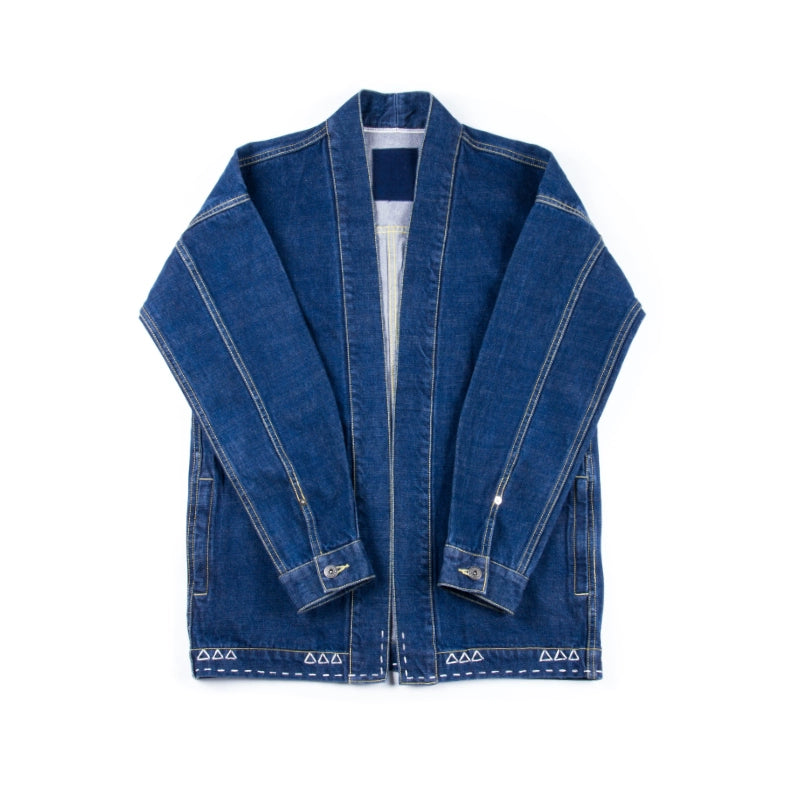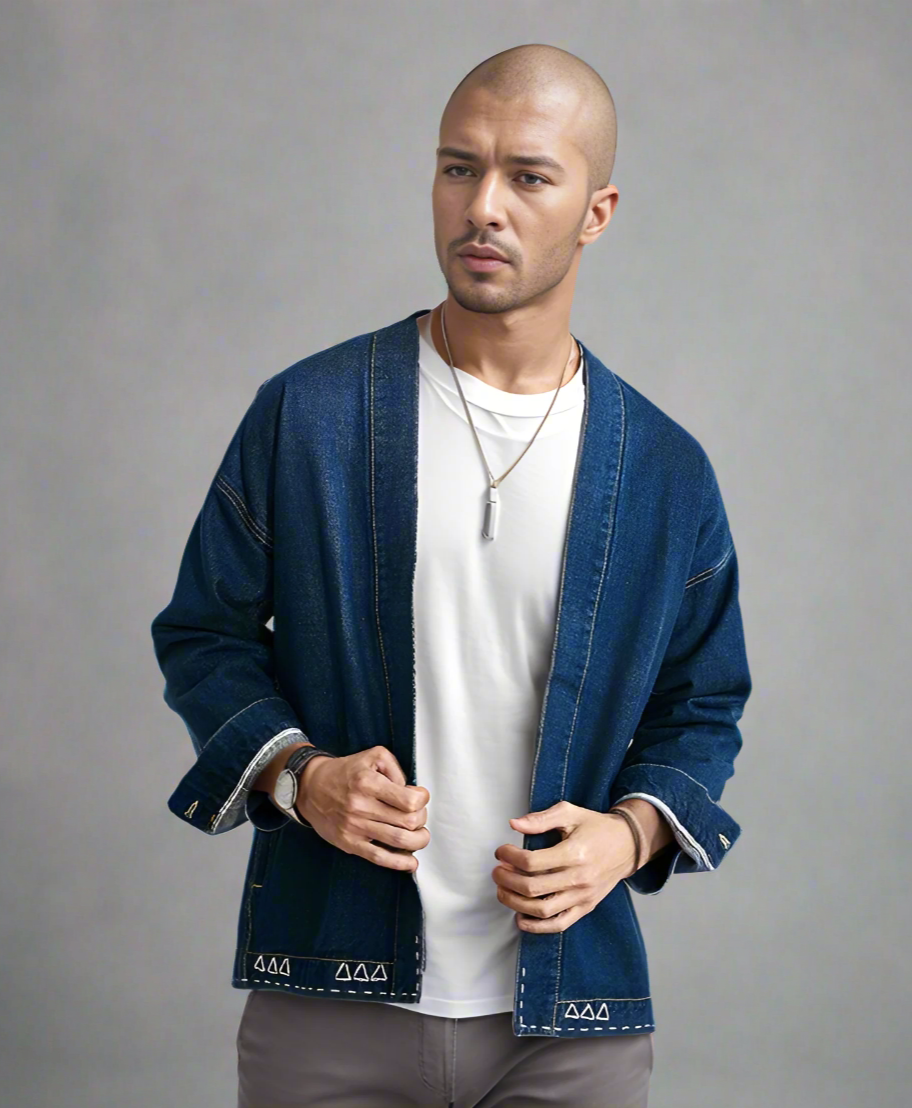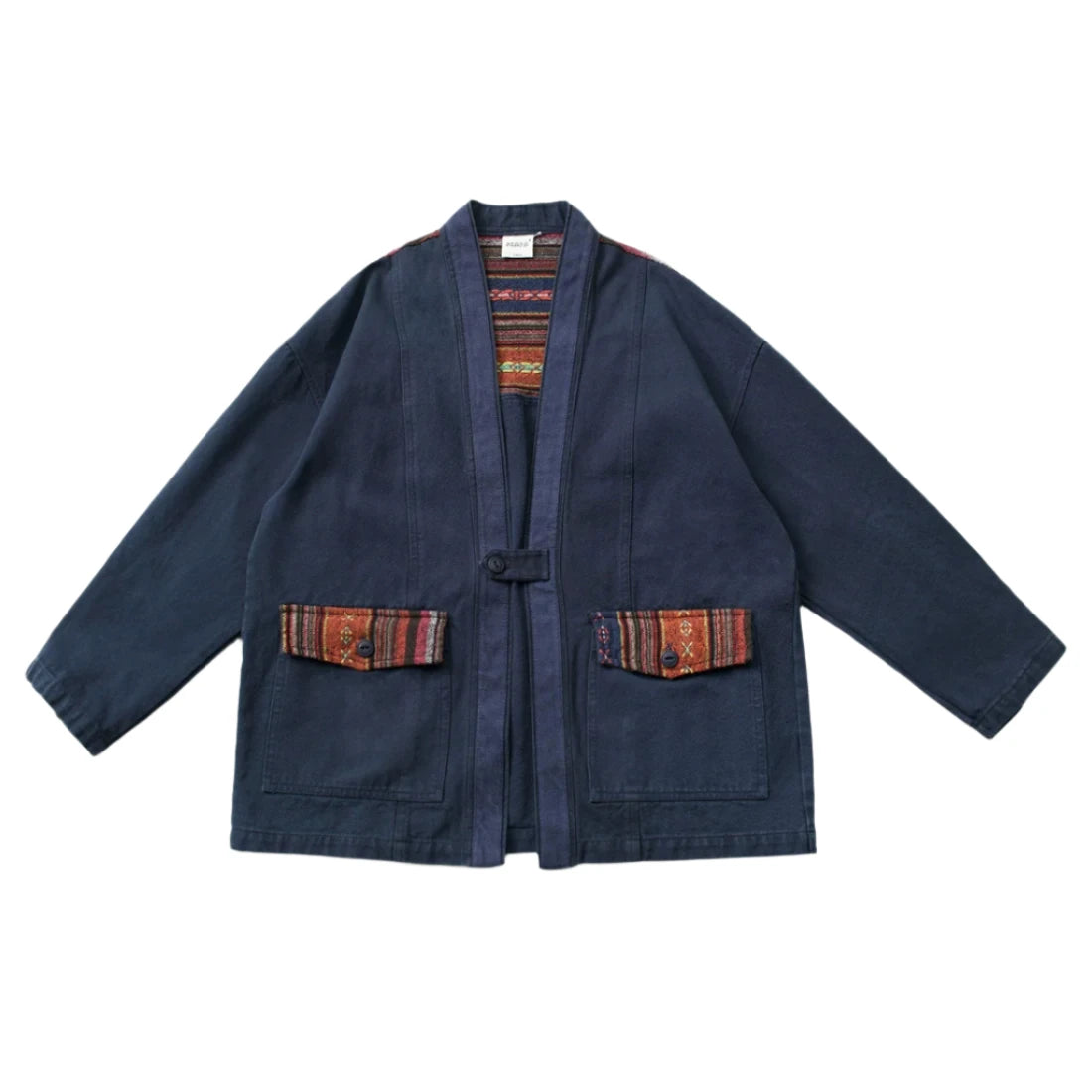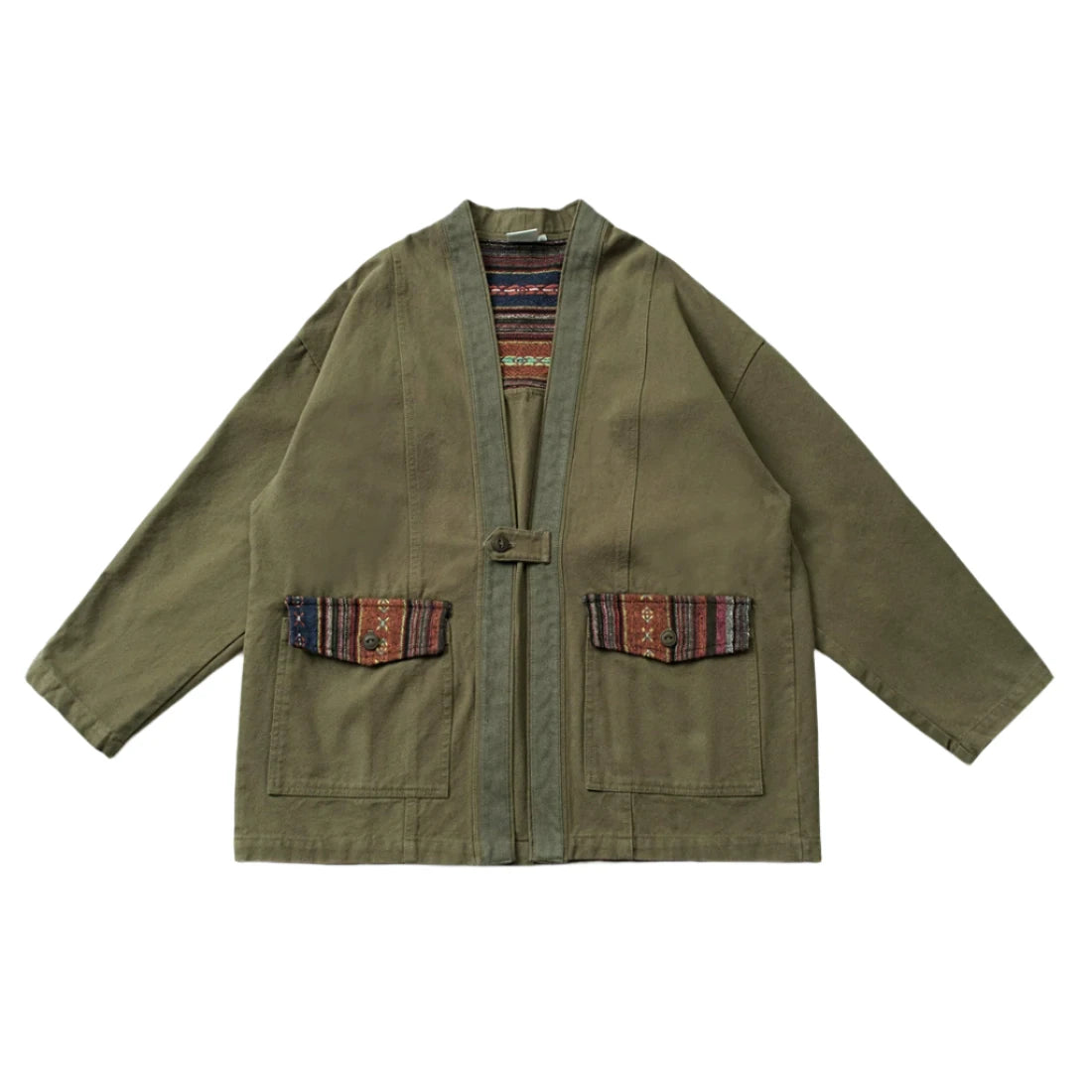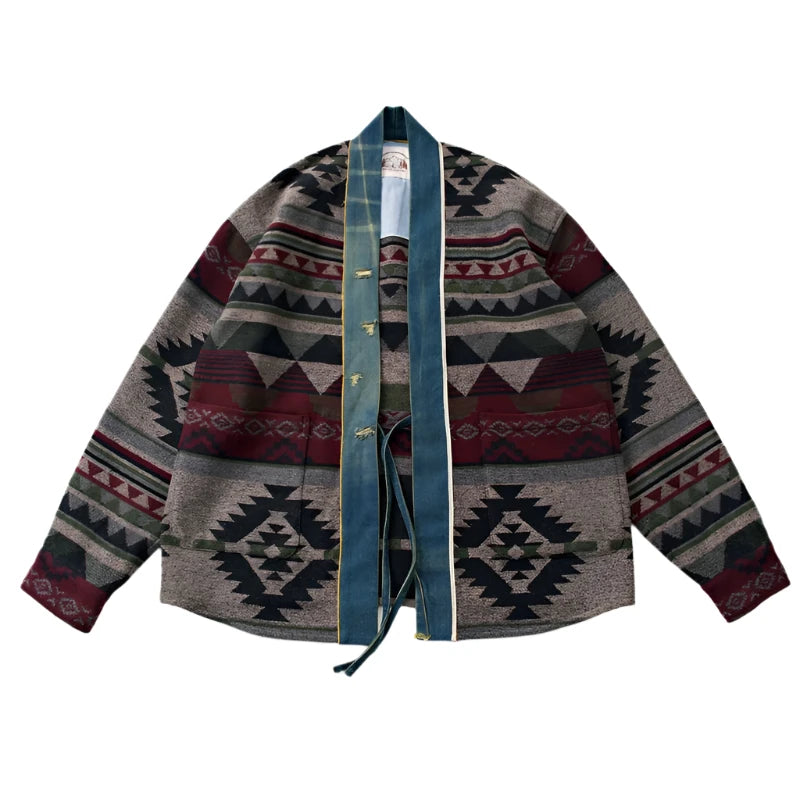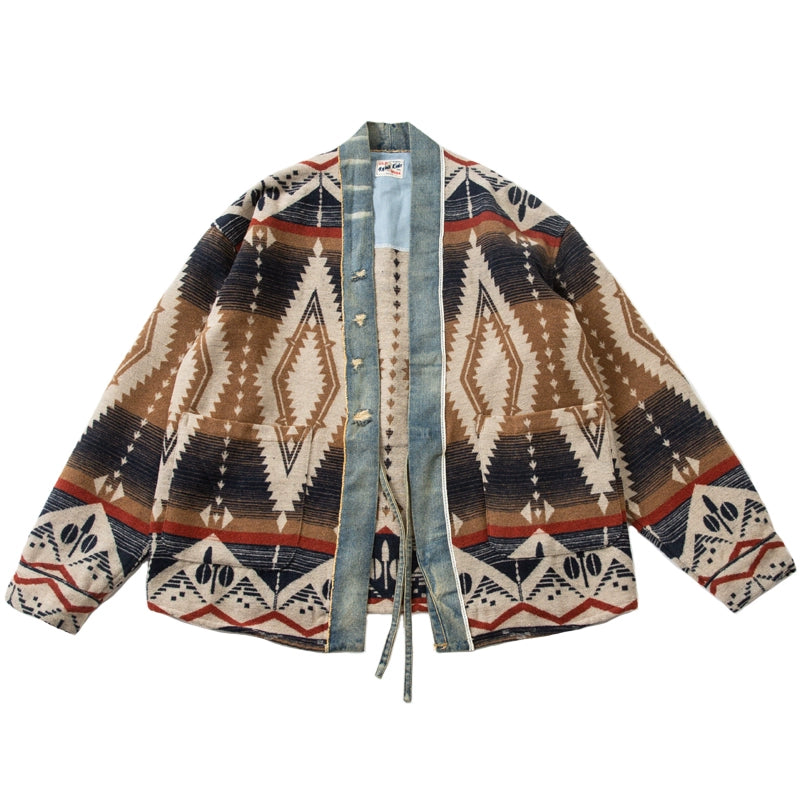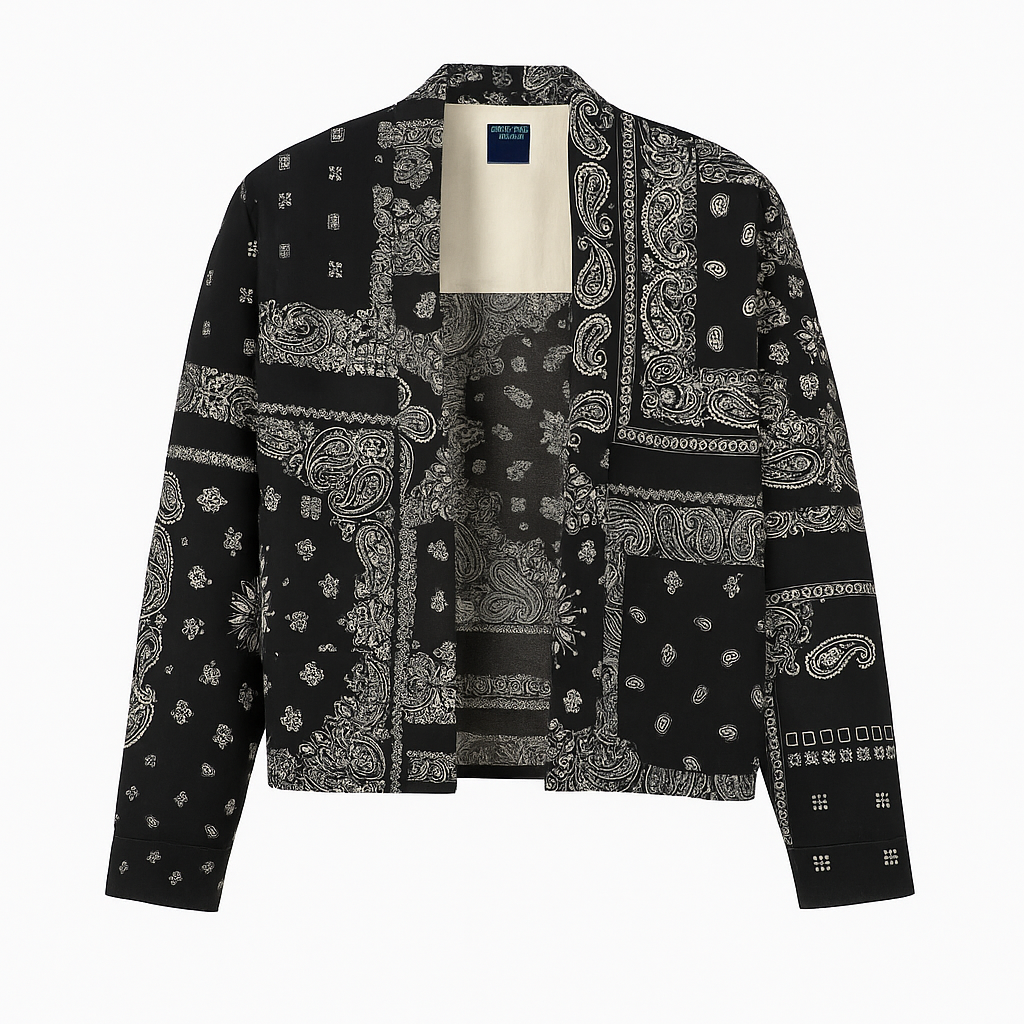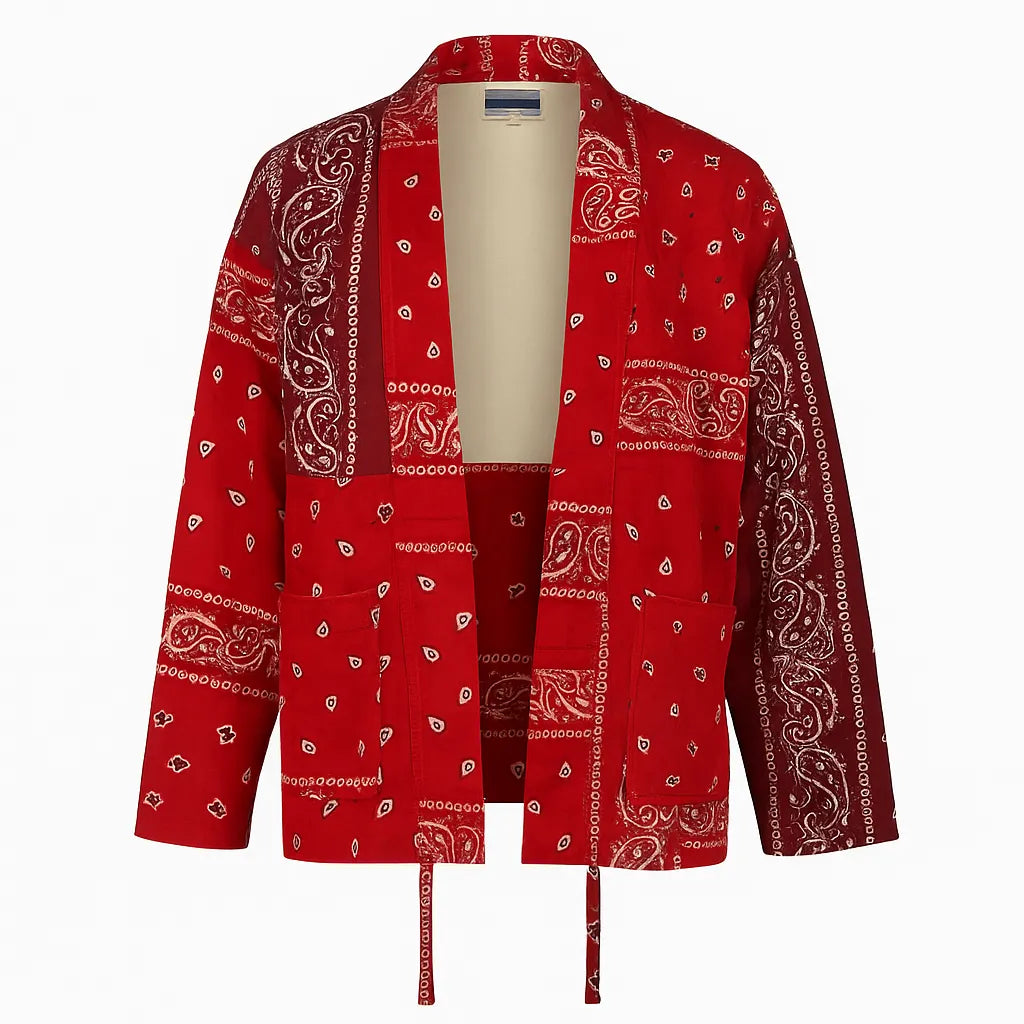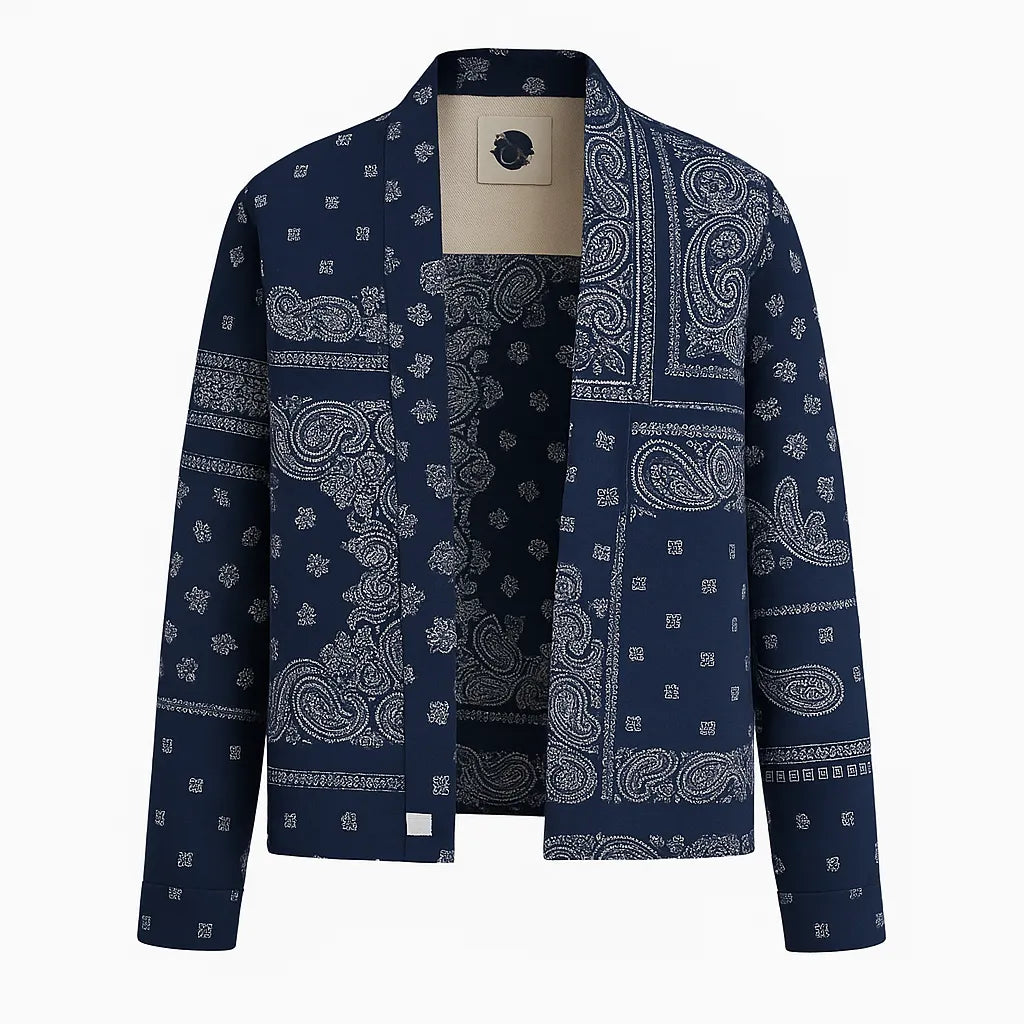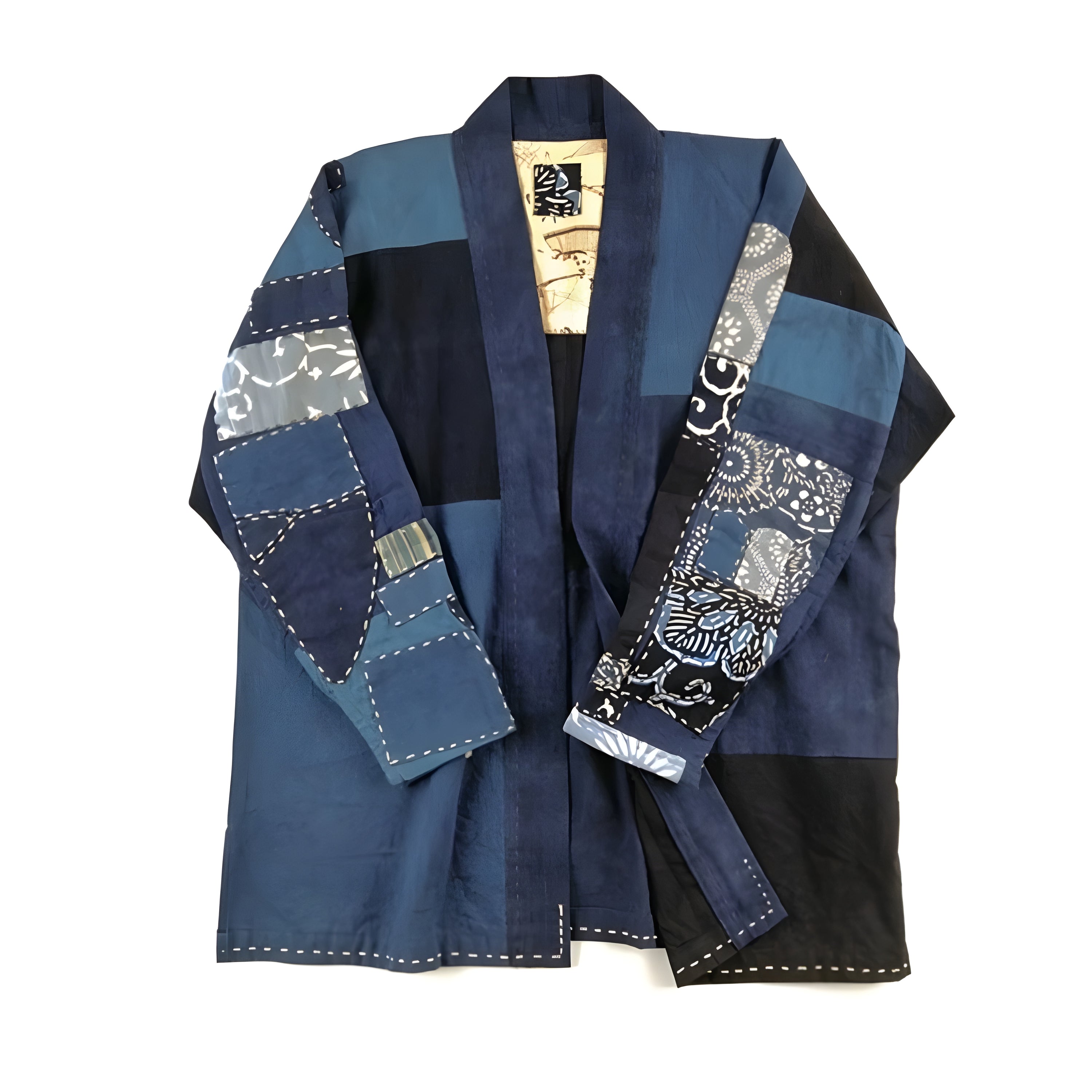Boro Noragi: Japanese Sustainable Fashion's Hidden Treasure - A Complete Guide
Discover the fascinating world of boro noragi, a traditional Japanese garment that embodies the art of sustainable fashion through thoughtful textile repair and restoration. This unique style combines the practical noragi jacket with the distinctive boro technique - a centuries-old practice of extending fabric life through patching, piecing, and intricate stitching.
You'll find that boro noragi represents more than just clothing; it's a testament to Japanese ingenuity and resourcefulness. The distinctive patchwork appearance comes from carefully sewn repairs that transform worn textiles into durable, one-of-a-kind pieces. With its drop shoulders and loose-fitting silhouette, today's boro noragi maintains the functional heritage of traditional workwear while making a bold contemporary fashion statement.
Understanding Boro Noragi
Boro noragi represents a fusion of traditional Japanese workwear and textile preservation techniques. The garment embodies centuries-old practices of sustainable clothing maintenance through strategic patching and stitching.
Origins and Historical Context
Japanese farmers originally developed boro techniques during the Edo period (1603-1867) as a response to textile scarcity. The practice emerged in northern Japan where cotton was scarce, leading rural communities to repair and reinforce their garments through patchwork. Noragi jackets became the primary canvas for boro techniques, transforming necessity into an distinctive aesthetic that reflected economic resourcefulness.
Traditional Materials and Construction
Boro noragi construction relies on specific materials and techniques:
- Cotton serves as the primary fabric base
- Sashiko stitching creates distinctive geometric patterns
- Patches feature varying shades of indigo
- Layered textile pieces reinforce wear points
- Drop shoulders allow unrestricted movement
- Scalloped bottom edges prevent fraying
| Component | Traditional Feature |
|---|---|
| Base Material | 100% Cotton |
| Stitching Pattern | Geometric Sashiko |
| Design Elements | Patched Lapels |
| Silhouette | Loose Fit |
| Shoulder Style | Drop Shoulder |
| Hem Detail | Scalloped Bottom |
The construction process emphasizes durability through multiple layers of fabric reinforcement. Each patch undergoes precise placement and stitching to extend the garment's lifespan while maintaining its functional attributes.
Key Characteristics of Boro Noragi
Boro noragi combines distinctive design elements with functional features that set it apart from other traditional Japanese garments. The key characteristics encompass specialized stitching patterns layered patches patchwork arrangements.
Sashiko Stitching Techniques
Sashiko stitching creates geometric patterns that reinforce worn areas while adding visual interest to the garment. The running stitch technique forms straight lines or grid patterns spaced 2-4 millimeters apart creating both structural support decorative elements. Common sashiko patterns include:
- Diamond shapes (Higaki) for enhanced flexibility
- Interlocking circles (Shippo) across stress points
- Parallel lines (Moyozashi) along seams edges
- Cross-stitch arrangements (Juuji) at patch intersections
- Base layers in light grey tones
- Contrasting patch elements in varied shades
- Tonal variations between old new textiles
- Color depth that increases with repeated washing
| Dyeing Stage | Time Required | Color Result |
|---|---|---|
| Initial Dip | 15-20 minutes | Light grey |
| Second Layer | 30-40 minutes | Medium grey |
| Final Dip | 60 minutes | Deep grey |
Types and Variations
Boro noragi garments exhibit distinct variations based on seasonal requirements, regional influences and local textile traditions. These variations reflect the adaptive nature of Japanese clothing practices across different climates and cultural contexts.
Seasonal Styles
Summer boro noragi features single-layer construction with lightweight cotton patches and sparse sashiko stitching patterns. The warm-weather designs incorporate larger spaces between stitches to enhance airflow and utilize indigo-dyed hemp fabric segments for increased breathability. Winter variations display multiple fabric layers with dense stitching patterns, incorporating additional patches at the chest and shoulders for insulation. Mid-season styles balance these elements with medium-weight cotton and moderate patch density.
Regional Differences
Northern regions like Aomori produce boro noragi with thick patches and comprehensive sashiko coverage to combat harsh winters. Coastal areas demonstrate salt-resistant hemp blend additions and reinforced sleeve construction for maritime activities. Mountain communities integrate stronger vertical stitching patterns for durability during forestry work. Southern variations feature lighter patch arrangements with expanded sleeve openings adapted to humid conditions. Urban centers developed refined versions with smaller patches and decorative stitching alignments that reflect city aesthetics while maintaining traditional techniques.
| Region | Distinguishing Features | Primary Materials |
|---|---|---|
| North | Dense patches, heavy stitching | Cotton, wool blend |
| Coastal | Salt-resistant patches | Hemp, cotton mix |
| Mountain | Vertical reinforcement | Sturdy cotton |
| South | Light patches, wide sleeves | Light cotton |
| Urban | Decorative patterns | Fine cotton |
Cultural Significance
Boro noragi represents a pivotal element in Japanese textile heritage, evolving from functional peasant clothing to a symbol of cultural resilience. Its influence extends beyond practical applications to embody Japanese values of resourcefulness, sustainability and artistic expression.
From Peasant Wear to Fashion Statement
Contemporary fashion designers embrace boro noragi for its distinctive aesthetic, transforming this humble workwear into high-end fashion pieces. Major fashion houses including Kapital, Comme des Garçons and Junya Watanabe incorporate boro techniques in their collections. The garment appears in international museum exhibitions, with notable displays at the Victoria & Albert Museum in London and the Amuse Museum in Tokyo. Fashion influencers showcase boro noragi's versatility through styled combinations with modern streetwear, demonstrating its transition from utilitarian clothing to a sought-after fashion element.
Sustainable Design Philosophy
Boro noragi exemplifies circular fashion principles through its regenerative approach to textile preservation. The practice involves:
- Material Recovery: Converting worn textiles into functional patches
- Zero-Waste Construction: Utilizing every fabric scrap in repairs
- Lifetime Extension: Adding 15-20 years to garment longevity through strategic reinforcement
- Resource Conservation: Reducing textile waste through continuous repair cycles
| Sustainability Aspect | Impact Measure |
|---|---|
| Water Conservation | 700 gallons saved per preserved garment |
| Waste Reduction | 85% decrease in textile disposal |
| Carbon Footprint | 60% lower emissions vs. new production |
| Resource Efficiency | 95% material utilization rate |
Modern Revival and Influence
Boro noragi experiences a significant resurgence in contemporary fashion, bridging traditional Japanese craftsmanship with modern design sensibilities. The revival reflects growing interests in sustainable fashion practices mixed with artisanal techniques.
Contemporary Interpretations
Modern designers reimagine boro noragi through innovative applications of traditional techniques. Fashion houses like Visvim incorporate boro elements into streetwear collections, while artisans like Sashi Studio create bespoke pieces using vintage textiles. Contemporary interpretations feature:
- Digital printing techniques that mimic sashiko patterns on recycled fabrics
- Laser-cut patches arranged in geometric compositions
- Machine-sewn reinforcements combined with hand-stitched details
- Integration of modern technical fabrics with traditional cotton bases
- Modular designs allowing for removable patches
Global Impact on Sustainable Fashion
Boro noragi influences sustainable fashion practices worldwide through its waste-reduction principles. The impact manifests in multiple areas:
| Impact Area | Measurable Result |
|---|---|
| Textile Waste Reduction | 85% decrease in fabric disposal |
| Water Conservation | 700 gallons saved per preserved garment |
| Carbon Footprint | 60% reduction compared to new production |
| Material Efficiency | 95% utilization rate |
- Repair workshops in major fashion capitals teaching boro techniques
- Upcycling programs incorporating boro methods in textile waste management
- Collaboration between Japanese artisans and international design schools
- Integration of boro principles in circular fashion business models
- Documentation of repair techniques through digital archives
Conclusion
Boro noragi stands as a testament to the enduring power of sustainable fashion and cultural preservation. You'll find its influence reaching far beyond Japan's borders inspiring modern designers and conscious consumers alike.
The beauty of boro noragi lies not just in its aesthetic appeal but in its transformative message about clothing's lifecycle. It proves that with creativity and care you can turn worn garments into treasured pieces that tell compelling stories.
As you embrace sustainable fashion choices boro noragi offers valuable lessons in mindful consumption and artistic preservation. Its legacy continues to shape how we think about clothing repair repurposing and the true value of garments that improve with age.
